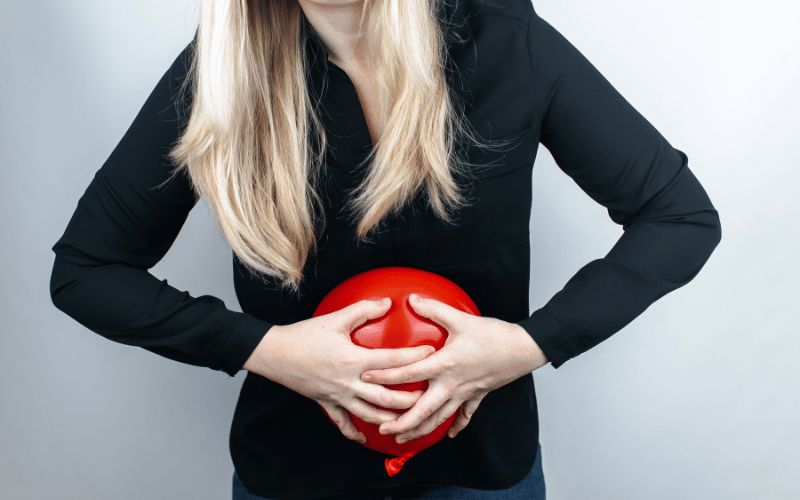Symptom 3: Bloating

Bloating, in everyday parlance, is often linked to that overstuffed feeling post a heavy meal or maybe indulgence in gas-triggering foods. However, bloating, when discussed in the setting of gastric volvulus, is far more sinister. It’s not just about feeling full; it’s about the abdomen ballooning, often visibly so, signaling distress.
Peek inside, and the cause becomes clear. The twisted stomach entraps air and food, creating a buildup. It’s like blowing air into a balloon, filling it to the brink, stretching its limits. The stomach, similarly, stretches, causing the surrounding areas to feel the pressure, leading to that distinct feeling of heaviness and discomfort.
But bloating isn’t just a cosmetic issue or about discomfort. This internal pressure can have repercussions. The distension can impact surrounding organs, even press against the diaphragm, impacting breathing. Moreover, the pressure can cause reduced blood flow to the stomach, a situation that can have grave implications if not rectified.
Not all bloating can be attributed to gastric volvulus. Yet, the severity, persistence, and association with other symptoms on this list can help differentiate. Gastric volvulus bloating is less transient and often resistant to standard remedies like antacids or gas-relief medications.(3)